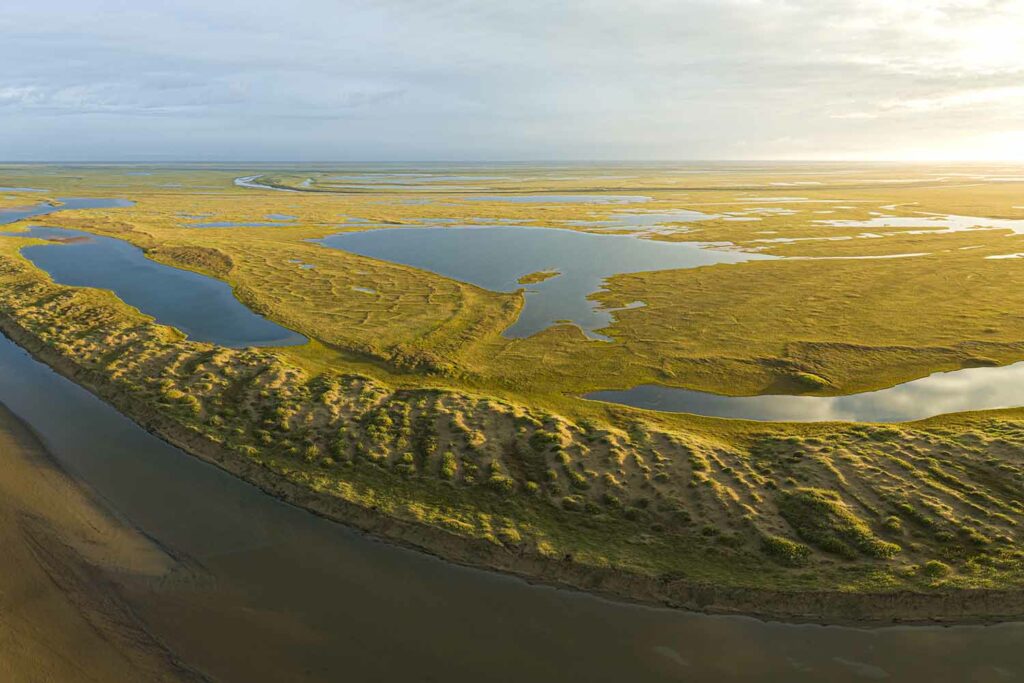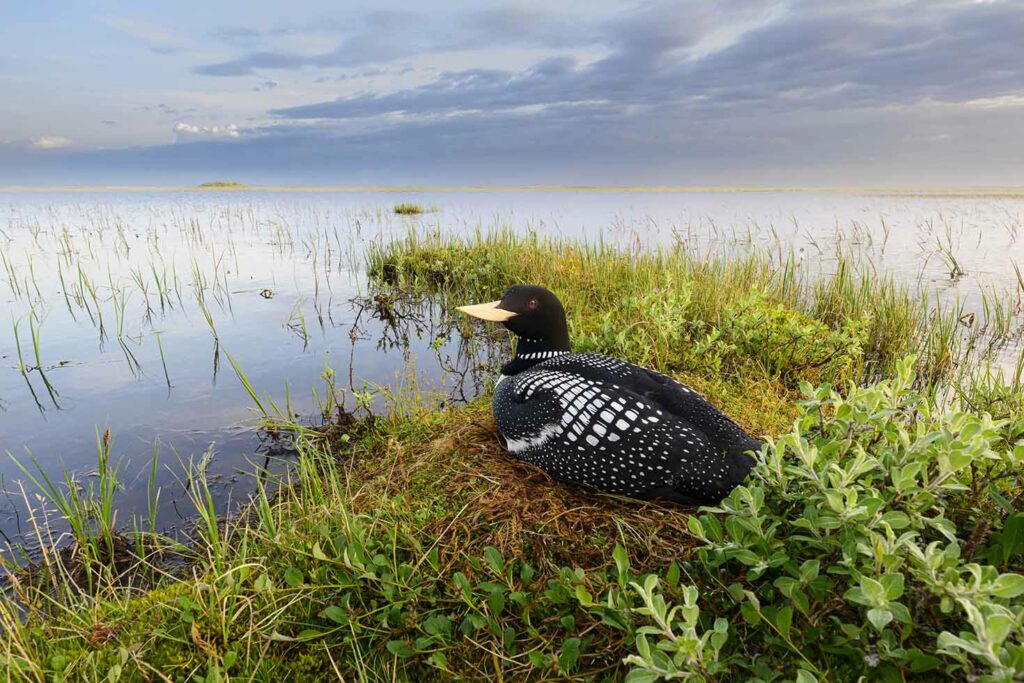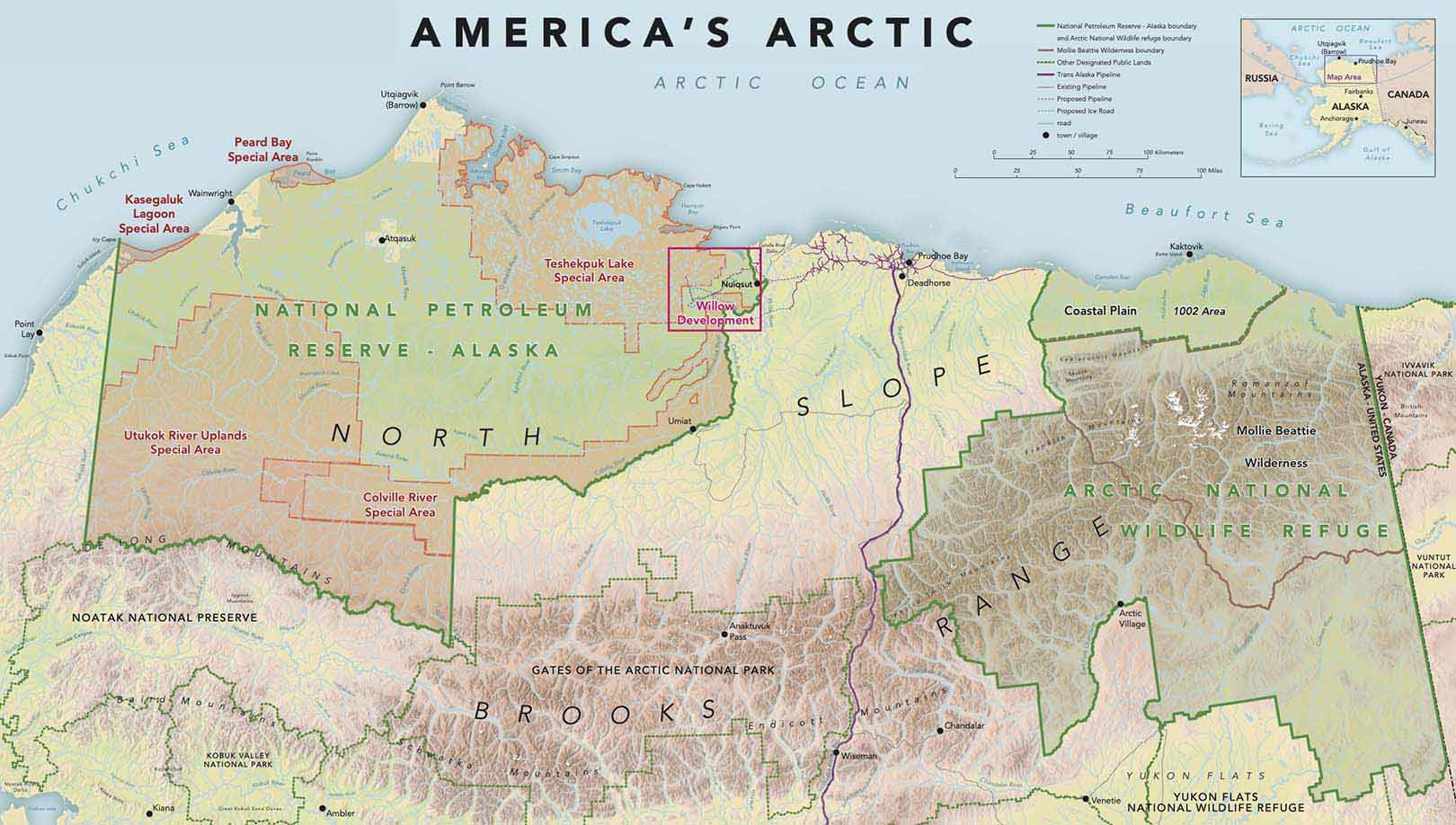The Western Arctic, at 23 million acres (the size of Indiana), is the largest unit of public land in the U.S. and is a critical breeding destination for migratory birds from all seven continents. This expansive intact habitat is home to diverse wildlife including polar bears, musk oxen, wolves, and caribou and has supported a subsistence lifestyle for Alaska Natives for thousands of years. Thanks to a new rule finalized by the Biden Administration in April 2024, 13 million of those acres are now to be managed through a lens that prioritizes their incredible conservation values, representing an important step forward in achieving President Biden’s goal of conserving at least 30 percent of U.S. lands and freshwater and 30 percent of U.S. ocean areas by 2030.

Photo by Gerrit Vyn
While most Americans will never be able to visit this remote location, the world-renowned Cornell Lab of Ornithology has documented this incredible landscape so we can experience it firsthand, helping to educate the world to its incredible habitat values. Founded in 1915 and housed at Cornell University in Ithaca, New York, the Cornell Lab of Ornithology is a nonprofit research organization that studies birds and other wildlife with a mission to conserve and interpret the Earth’s biological diversity through research, education, and citizen science.
“I may be as naive today as I was when I first laid eyes on this land,” writes Cornell Lab photographer Gerrit Vyn. “The issues are complex and changing day by day. But in a world rapidly coming to the realization that we must move away from fossil fuels, befouling a great wilderness in America’s Arctic at the 11th hour for the modest gains of a few seems absurd.”

Photo by Gerrit Vyn
Be transported to America’s Western Arctic and the unparalleled habitat of the Teshekpuk Wetlands through this stunning 18-minute documentary produced by the Cornell Lab and read more in this exceptional piece from their Spring issue of Living Bird Magazine.

